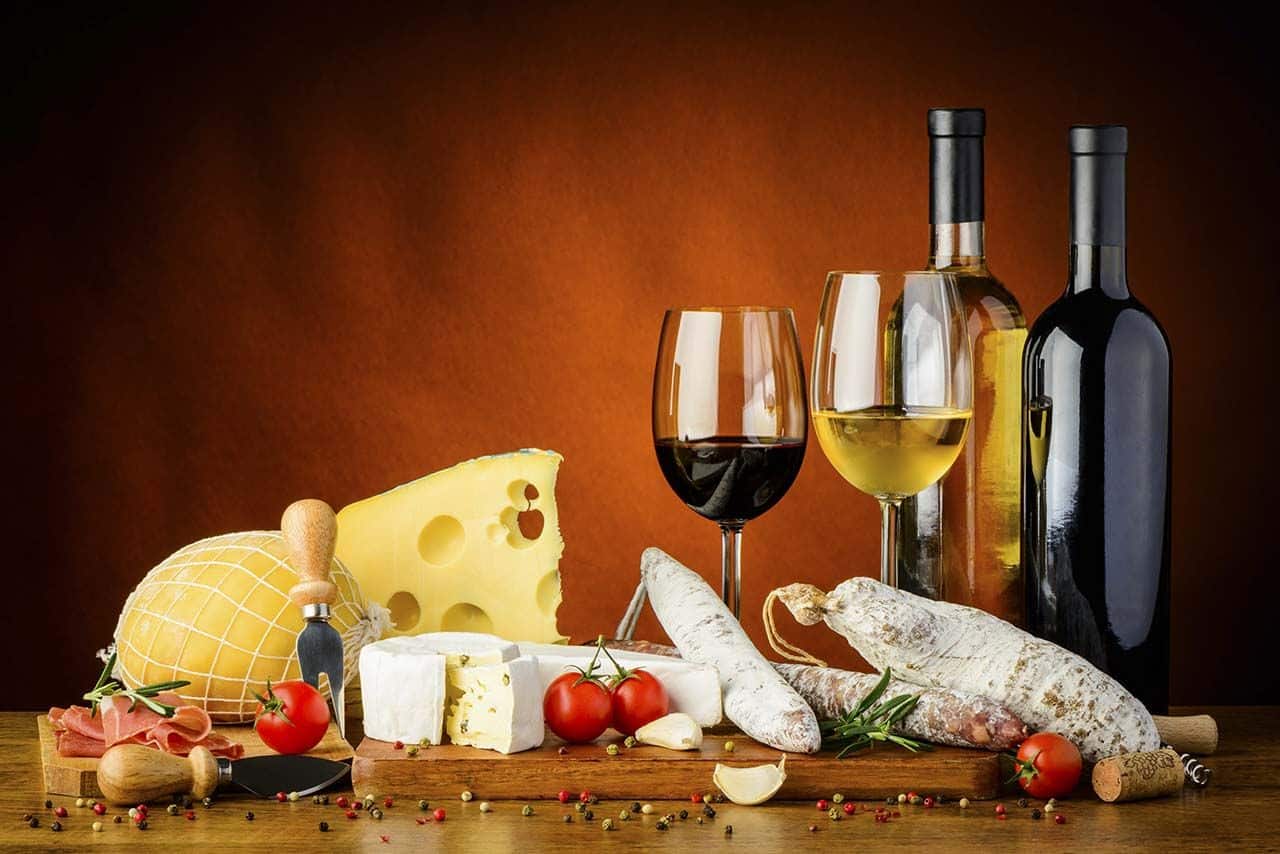Cheeses and wines go very well together. However, not every wine goes well with every cheese, so it is important to know how to combine them.
Regardless of the time of year, it’s always a good idea to get together with friends for a night of cheese and wine. Or even surprise your partner with a romantic night. And for that, nothing better than a complete cold table. However, as simple as it may seem, it is not a simple task to set up a cheese and wine table. After all, not all wine goes with all cheese.
Therefore, this question may be a question for many people. So, how to make the right pairing of cheeses and wines? To do this, you need basic knowledge about cheese and wine, but nothing out of this world. Therefore, today we will learn some tips on pairing and how to serve the perfect table to surprise your guests.
Therefore, it’s time to learn a little more about these delicacies and how to combine them in a delicious pairing.
Harmonization
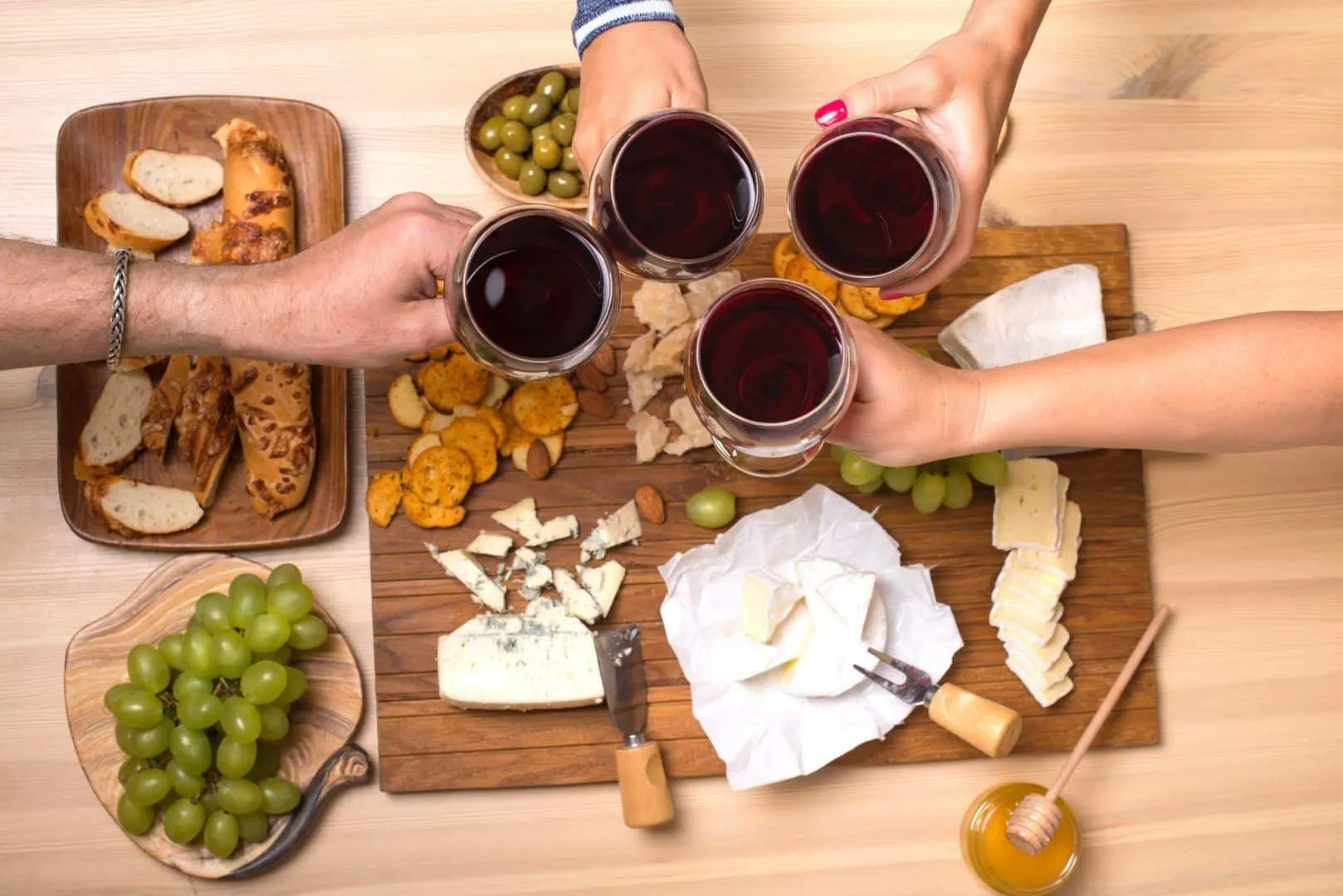
First of all, let’s learn a little about the history of harmonization. It is not known exactly when this idea of combining cheeses and wines came about. However, historical records point to classical antiquity suggesting that there was a process of preparing the two ingredients together a long time ago. And although the two products have a similar production process and go together in terms of flavor, the harmonization between them is somewhat complex.
After all, the idea of pairing is to extract the best of both flavors. Therefore, the key point in pairing cheeses and wines is balance. And that’s why we talk about the meeting between acidity, tannin, body of the drink, fat and consistency of the food. And from that, create a third unique flavor. For many sommeliers, this is a kind of complement to the flavors of the two ingredients.
However, this is not a simple task. Although a wine is very special, it is important that it highlights the flavor of the cheese, and this depends on the type, texture and composition of the cheese.
The cheeses
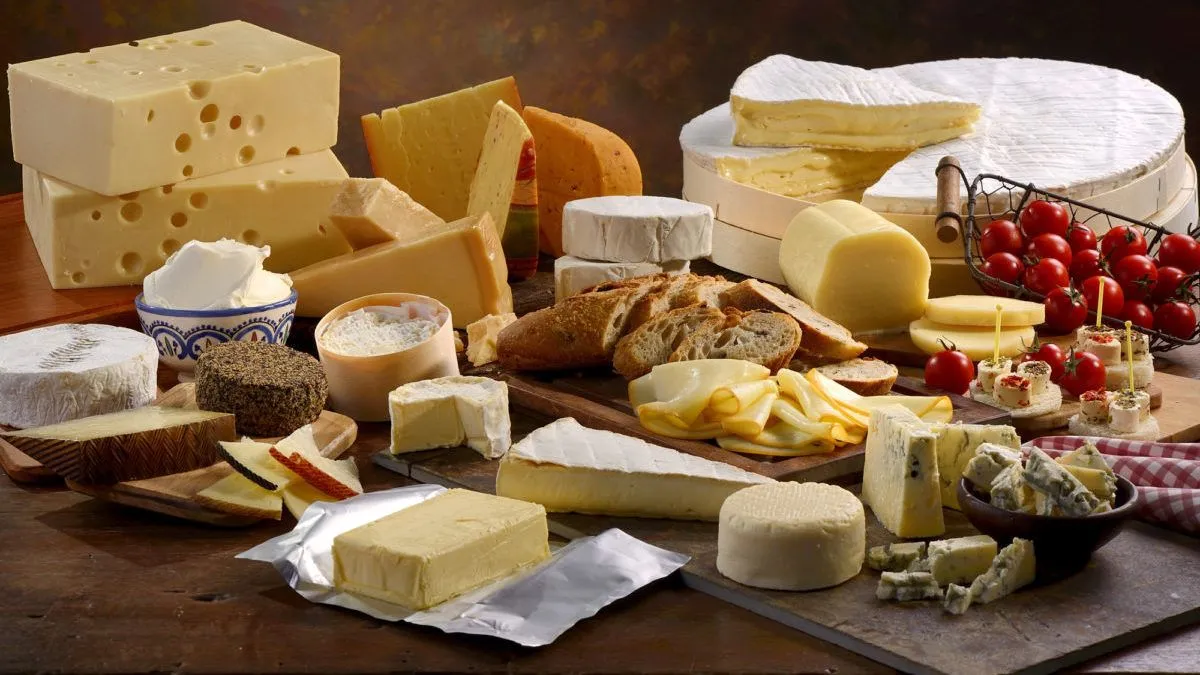
And so, to start thinking about your cold cuts table, the first step is to choose which cheeses you want to serve. And as we know, there is a huge variety of cheeses, each with a specific texture, composition and ripeness. Thus, we can classify the main cheeses into two types.
Soft and creamy cheeses
This type includes unmatured cheeses, such as Minas Frescal, Ricotta, Requeijão, Cottage cheese, among others. And also those matured by fungi, such as Brie or Camembert cheese.
Firm cheeses
Among the firm cheeses we can mention Limurgo, Saint-Paulim, Taleggio, there is also Roquefort, Gorgonzola, Stilton, Donablu. In terms of ripening in semi-cooked dough, the most notable are dish cheese, minas cheese and steppe cheese. In the case of semi-hard cheeses, the main ones are Gruyère, Emmental, Comté, and Uruguayan Colônia. In addition to Cheddar, Provolone, Parmesan, Montanhês, Pecorino and Sardo.
Choosing cheese to pair with wine
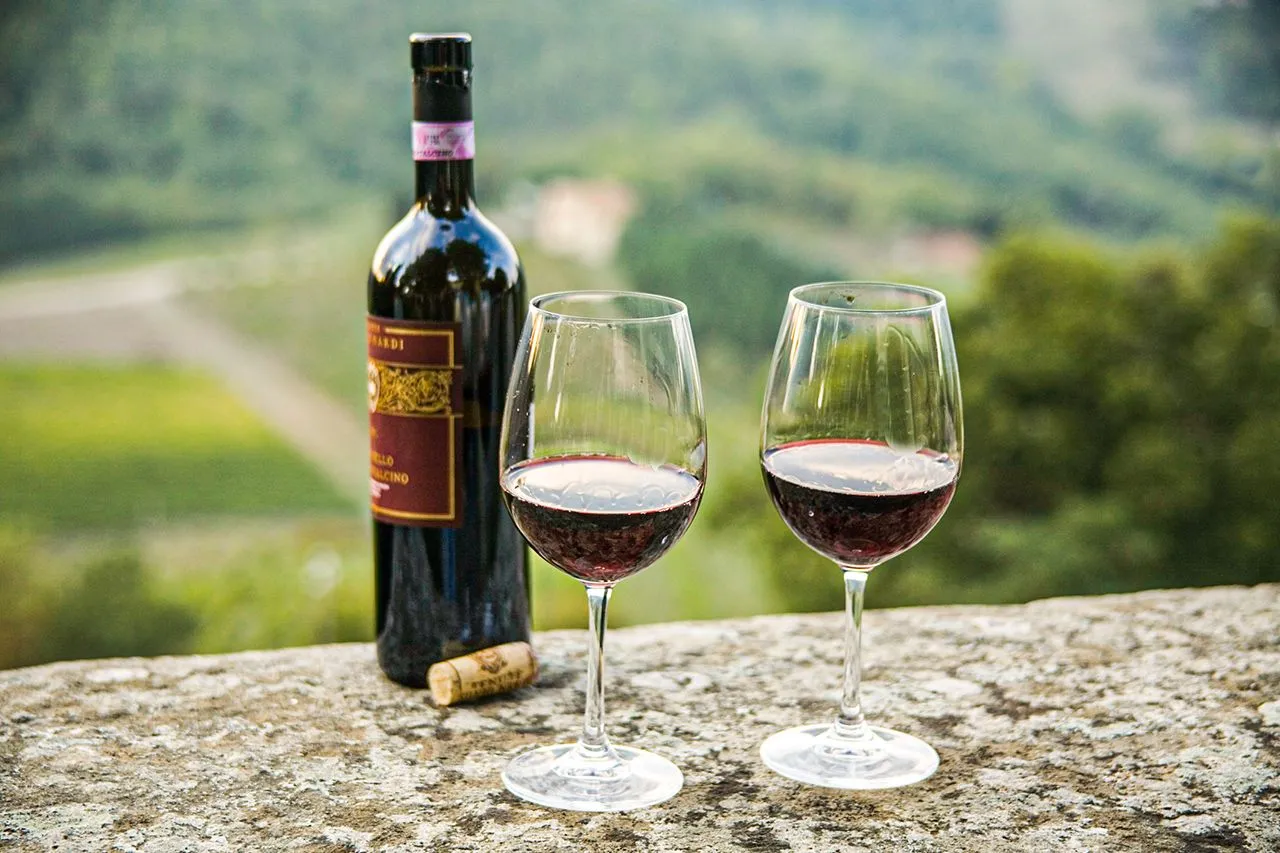
With so many different cheeses, it is difficult to remember all the types and qualities. However, you don’t need to know them all by heart, but remember some associations that can help when pairing cheese with wine.
Therefore, it is important to take into account the density and intensity of both the cheese and the wine. They need to be minimally equivalent. This is important so that the two flavors do not cancel each other out when mixed. Remember that light and creamy cheeses go better with soft wines, while fuller-bodied wines go better with harder cheeses.
Another important point in pairing is the fat content of the cheese. Thus, fattier cheeses go very well with acidic wines. In the same way that more mature and aromatic cheeses combine with higher intensity wines.
For cheeses with a high salt content and more bitter flavors, the most recommended wines are white or sparkling wines. This is because red wines tend to have more noticeable and even unpleasant flavors when mixed with this type of cheese.
And an infallible pairing tip is when the cheese and wine come from the same region. This makes it easier to harmonize, since both have been in contact with the same elements of nature and local producers. In addition, over time, its characteristics adapted to the region, consequently combined with other products from that place.
Pairing cheese and wine
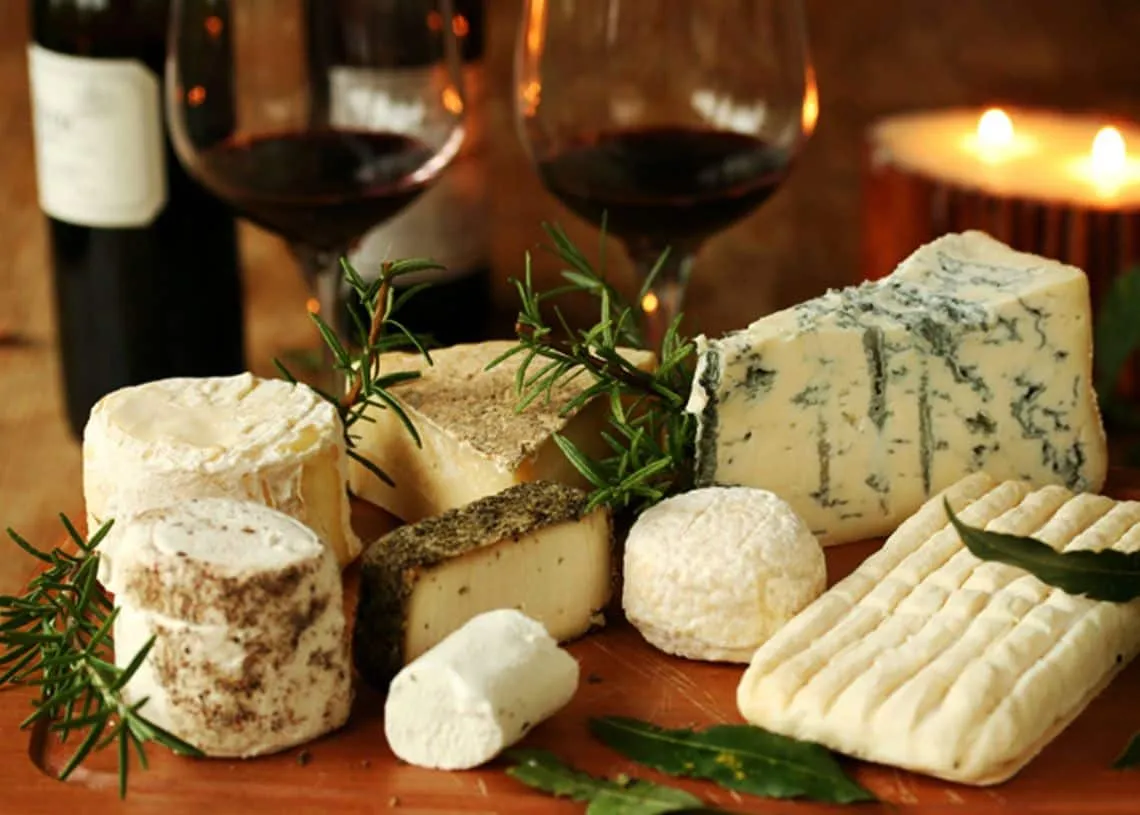
Therefore, knowing these tips, it’s time to choose the cheeses and wines to set up your table. Therefore, we will list the main cheeses used on these occasions and the best wine combinations for each of them.
Brie
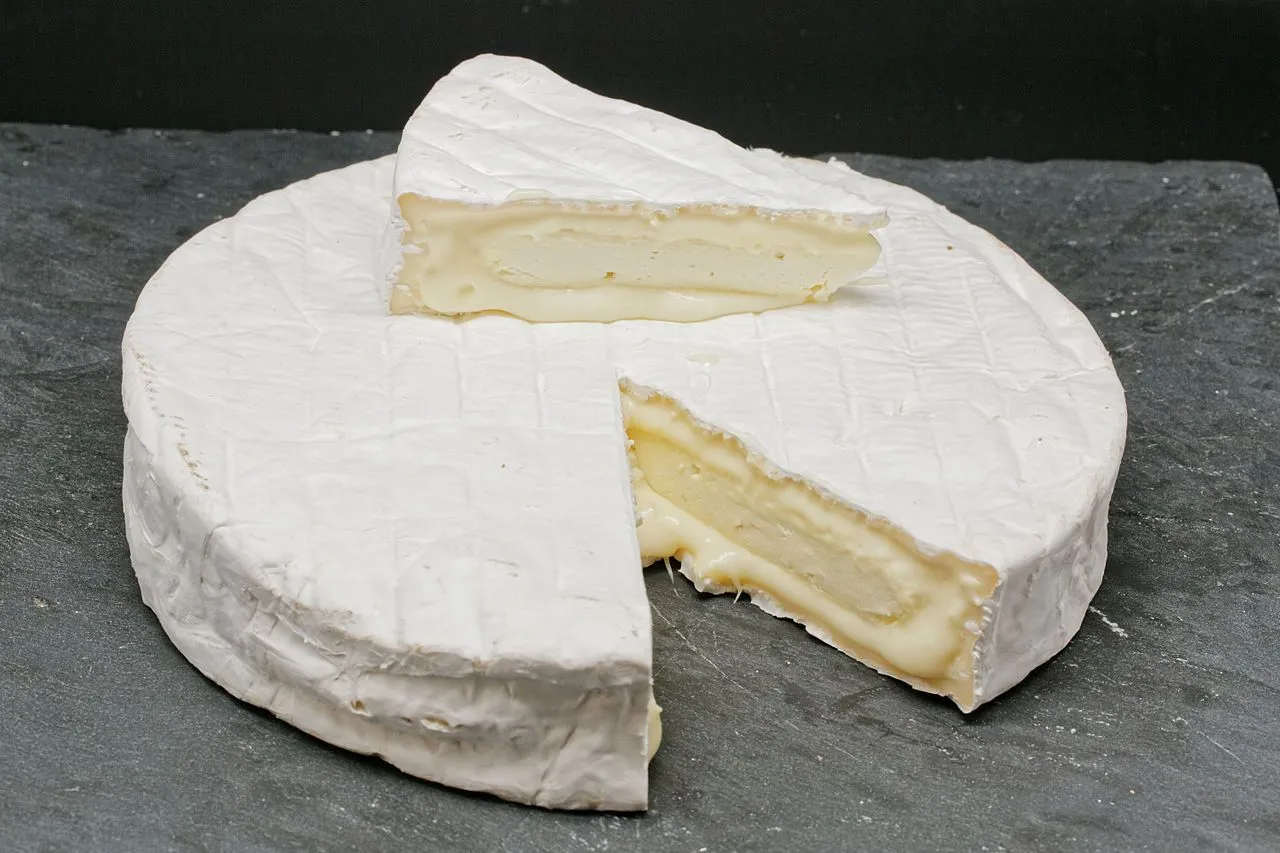
Brie is a noble cheese, with a very creamy dough and intense flavor. Made from cow’s milk, this type of cheese has a white rind covered with edible fungus. It is one of the most requested cheeses on cold cuts tables. This cheese pairs very well with white wines, such as Chardonnay, and also soft red wines, such as Pinot Noir or Merlot.
Camembert
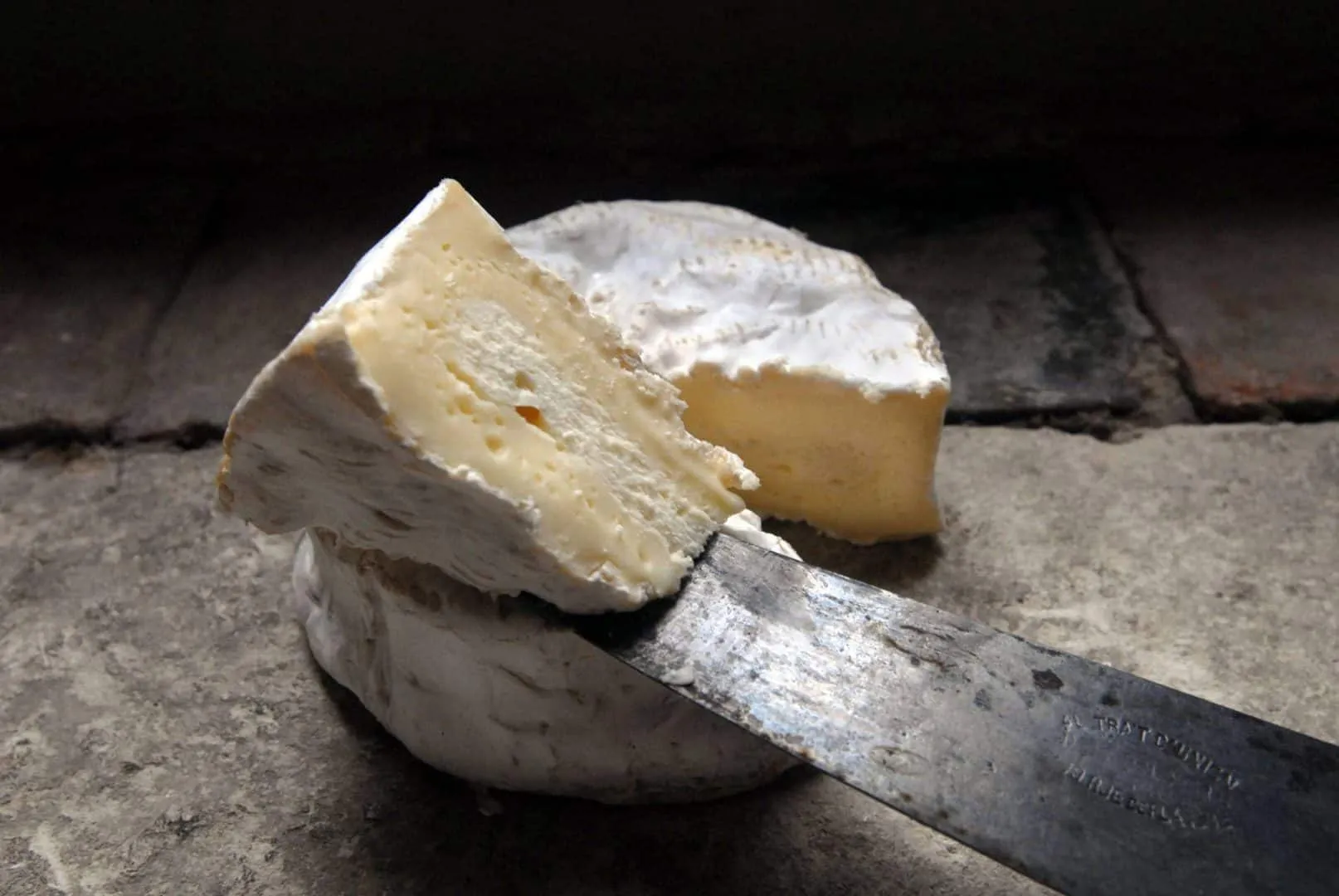
Despite its similar appearance to Brie, Camembert is very different in terms of flavor and aroma. In fact, it is much more intense with earthy touches, while Brie has a more buttery flavor. Produced with cow’s milk, this cheese has a velvety rind, with a soft paste inside and a very smooth texture. It pairs well with light red wines, such as Merlot or Pinot Noir, and also goes very well with white Chardonnay wines.
Gorgonzola
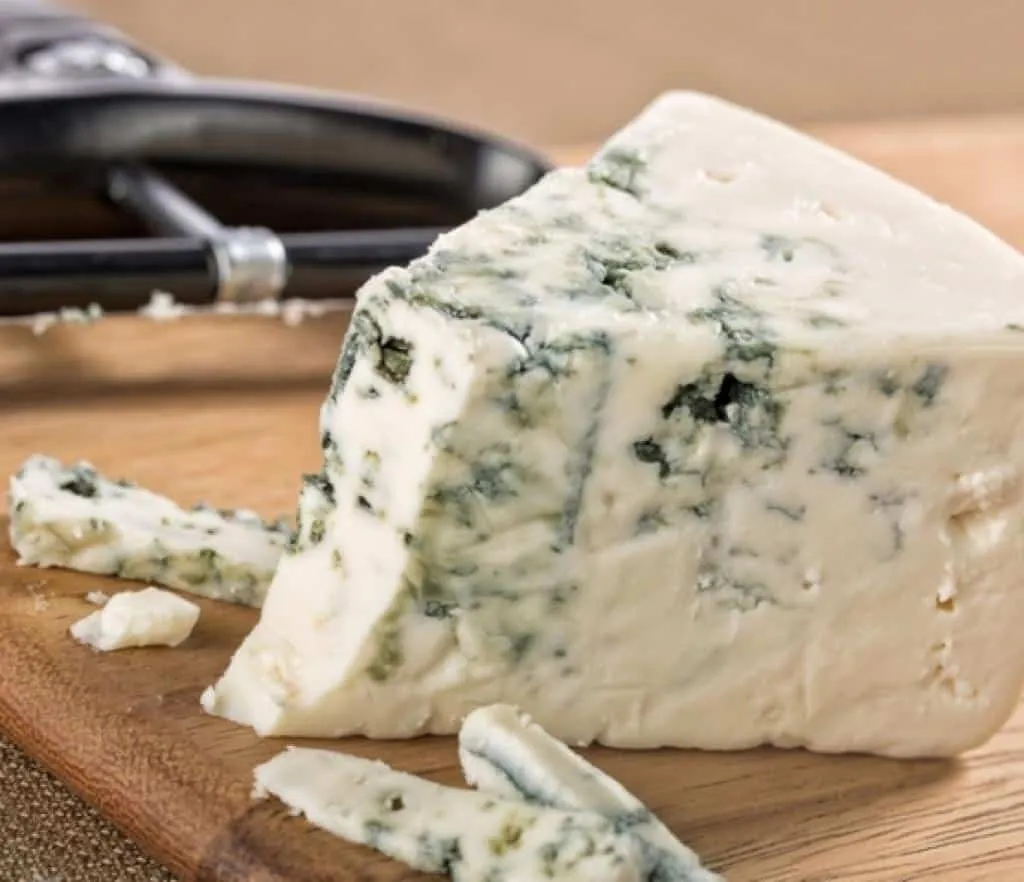
Gorgonzola is one of the oldest cheeses in the world and has a very strong flavor. Made from cow’s milk, Gorgonzola cheese has blue-green fungi on the outside, a creamy and soft dough, almost crumbly. Because it has a very intense flavor, it is a little more difficult to find the right wine for this cheese. For example, very tannic wines can compete with the salty flavor of the cheese, resulting in an unpleasant taste on the palate.
Therefore, the ideal is to find the balance between the salty flavor of the cheese and the sweetness of a smooth wine. Therefore, it is recommended to pair this cheese with a dry, full-bodied red wine such as Malbec or Cabernet Sauvignon.
Gouda
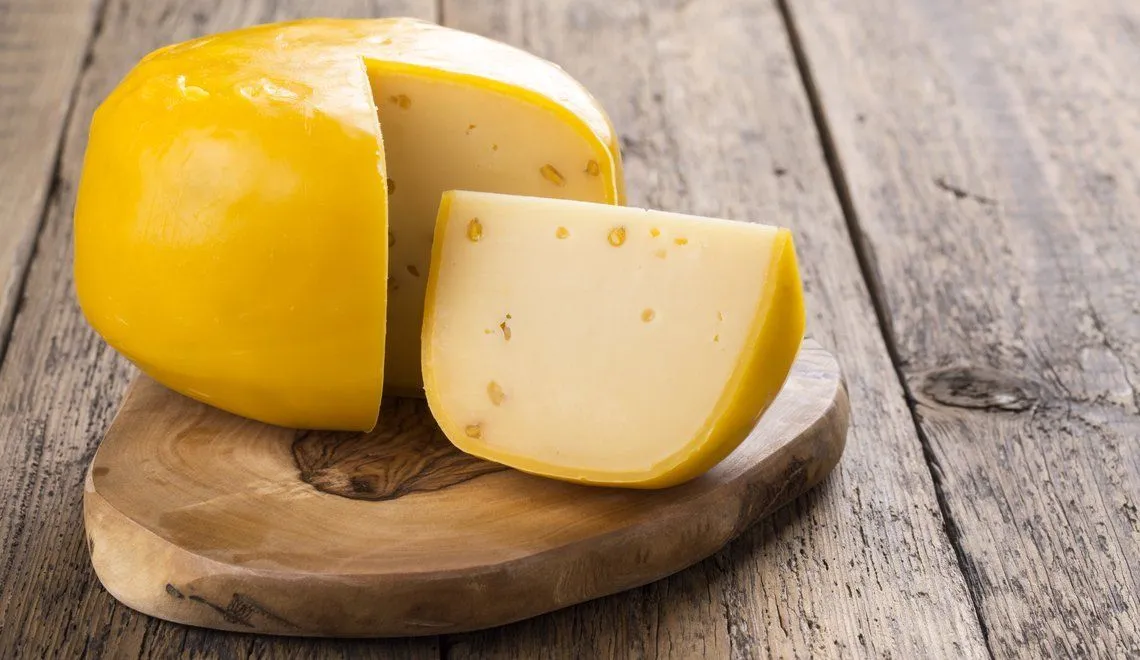
Gouda is another traditional cheese, with a mild flavor and sweet note. Therefore, this type of cheese pairs well with light, acidic and fruity wines such as Riesling and Sauvignon Blanc. But it is also very interesting with light red wines, like Pinot Noir or Merlot, for example.
Roquefort
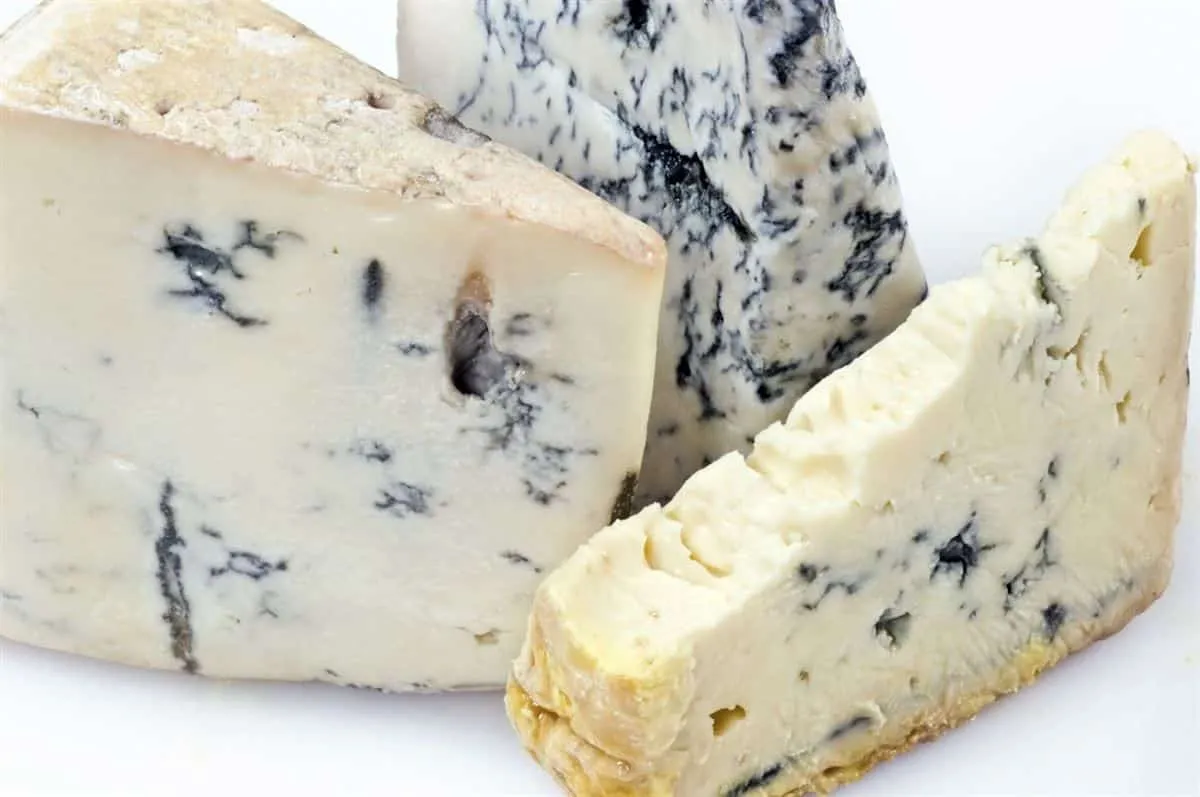
The famous blue cheese, Roquefort has a natural rind with a unique flavor. Very similar to Gorgonzola in terms of characteristics, but with the difference that it is made with sheep’s milk and not cow’s milk. Therefore, to enhance its flavor, the ideal is to pair it with sweeter wines, such as sparkling wines or Port.
Provolone
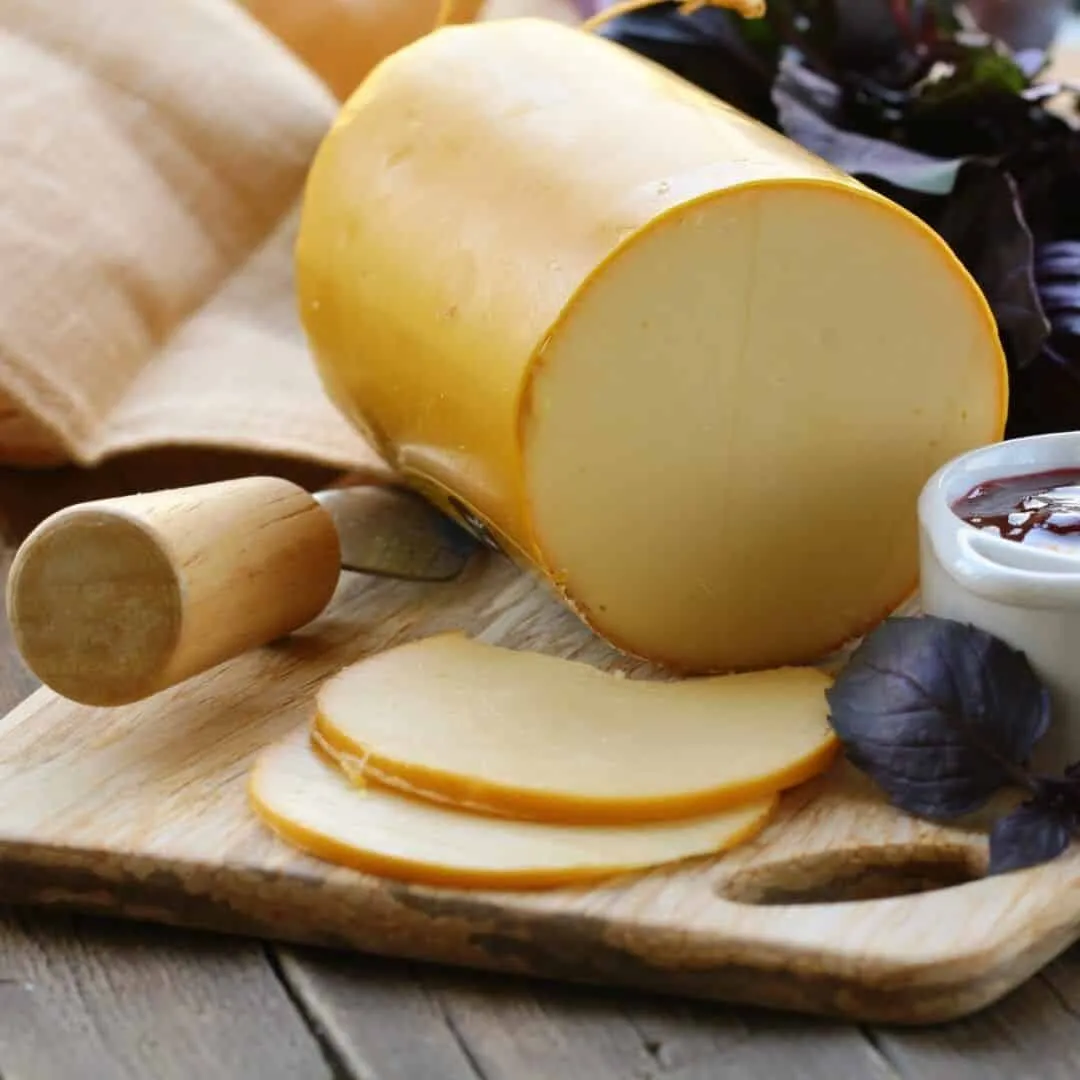
Provolone is an aged cheese, with a very resistant outer crust and an elastic dough. These cheeses go well with red wines with a light or medium body and strong acidity. The idea here is to balance the fat, which is why the recommendation is Bordeaux-type wines, such as Carbenet Sauvignon, Merlot and Carbenet Franc.
Gruyère
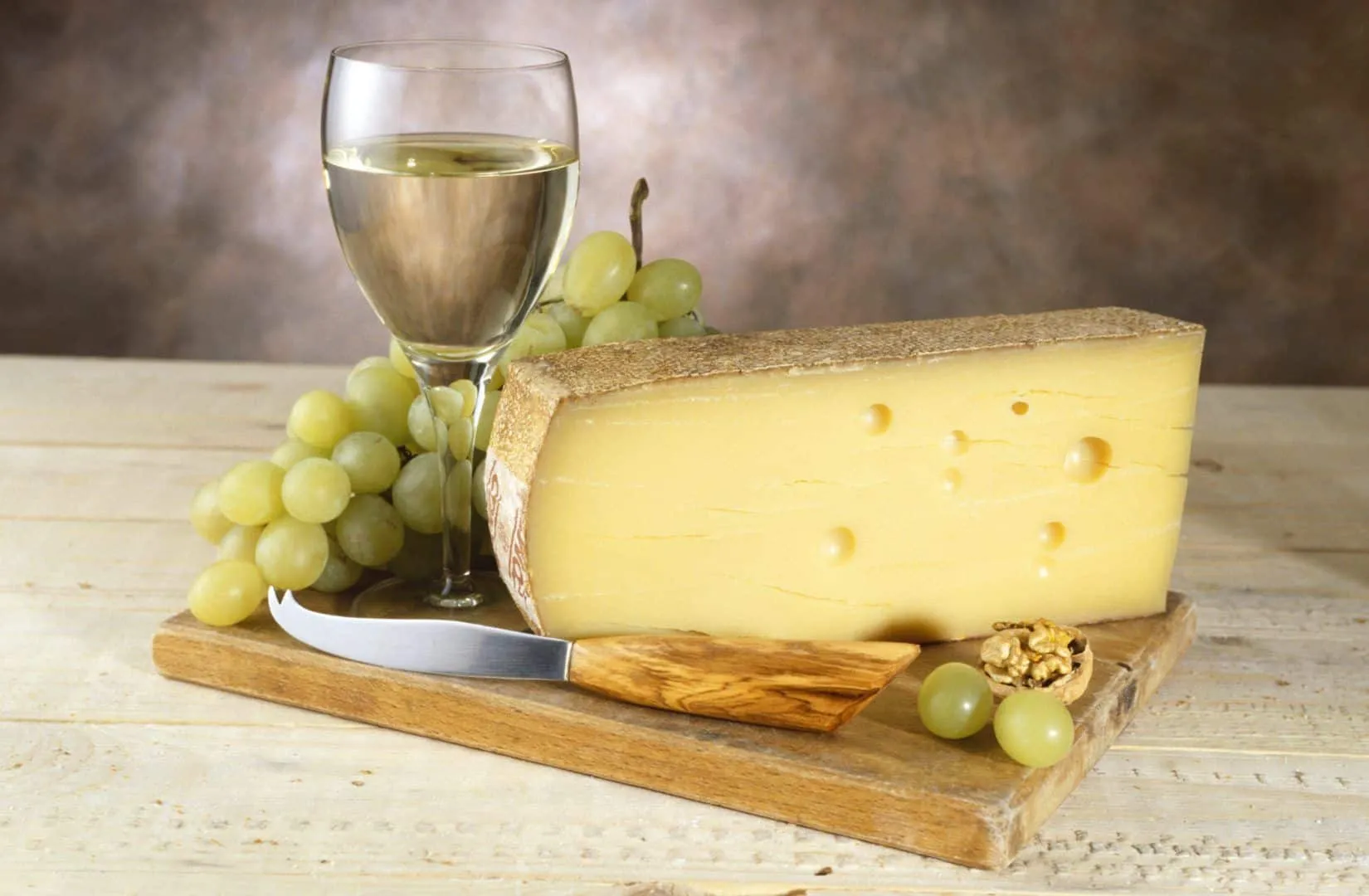
Gruyère is a slightly hard cheese with notes of chestnuts and walnuts. Furthermore, it has a considerable amount of salt and a slight spiciness, which directly influences the choice of wine to accompany it. In this case, the ideal is to opt for a dry red wine, with a more persistent flavor. Therefore, white wines made from Chardonnay grapes are ideal for pairing with this type of cheese with such a strong flavor.
Parmesan
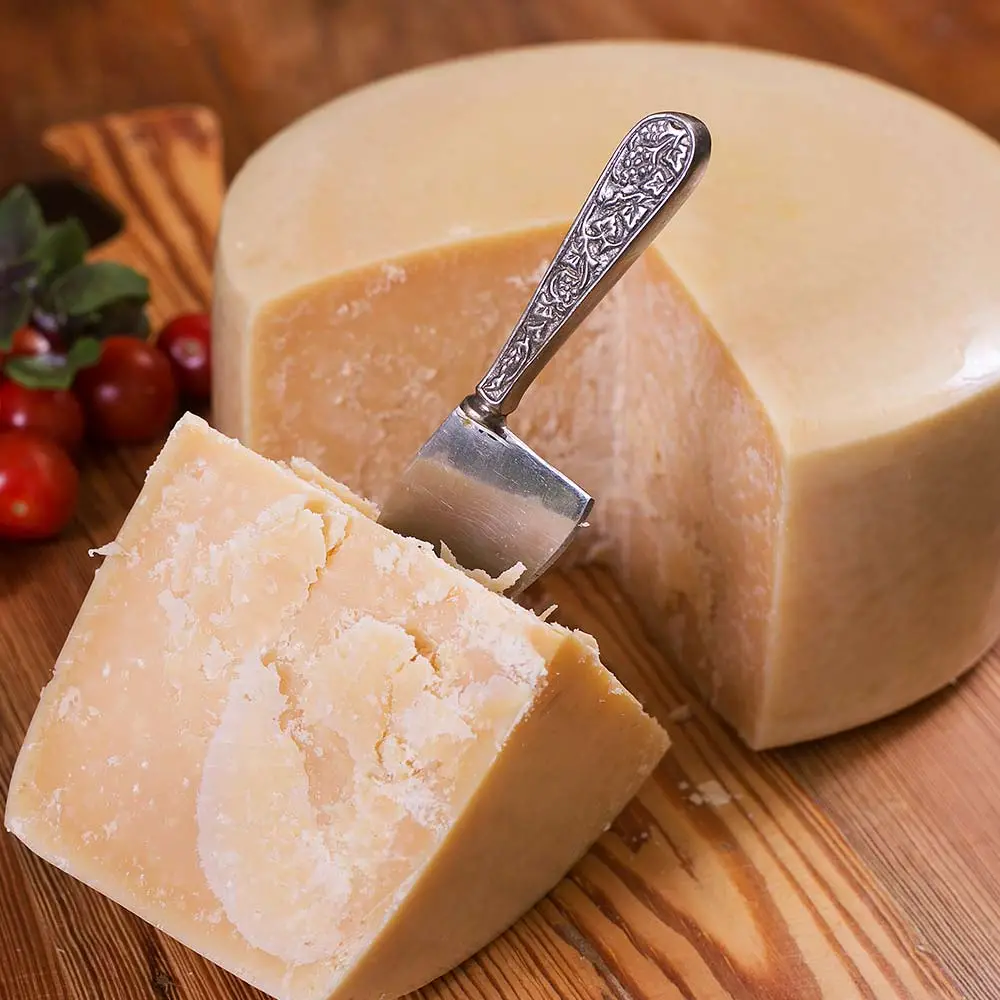
Parmesan cheese is made with cow’s milk and has a firm, grainy dough, hard rind and intense flavor, making it one of the most consumed in the world. Therefore, to maintain its intense flavor and high fat content, the type of wine recommended for this cheese is medium-bodied reds, such as Carbenet Sauvignon and Barolo.
How to assemble and serve
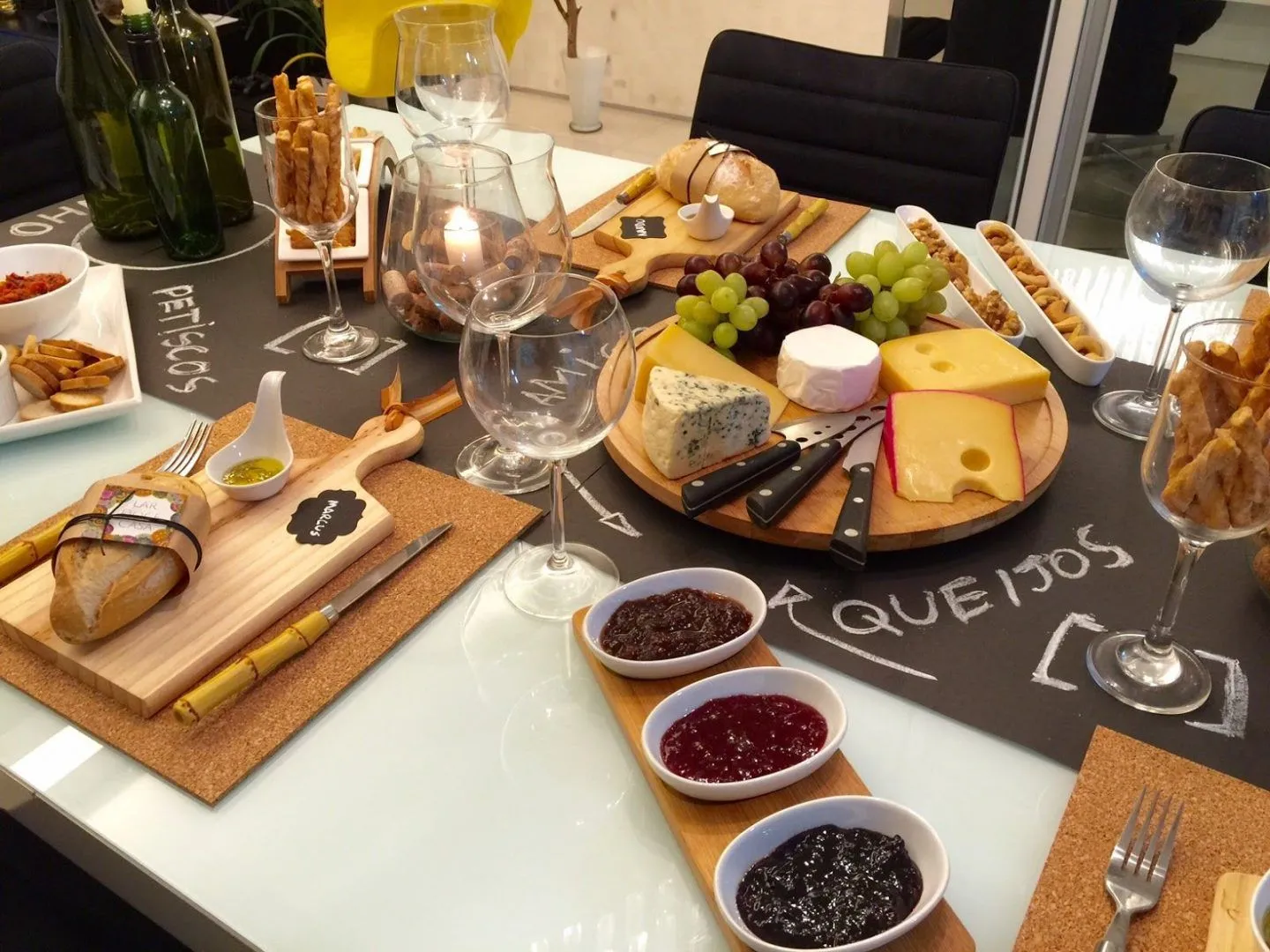
Anyway, now that you know how to choose each wine for each type of cheese, it’s time to set up your table and serve them.
Serving the cheeses
To serve the cheeses, the ideal is to cut small portions when serving, so that the cheese’s creaminess is not lost. The cut is also very important, taking into account that each cheese has a specific type of cut. In fact, we already talked in another article in more detail about how to cut cheese.
Cheeses like Camembert and Brie, for example, require a triangle cut. In the case of Gouda, Provolone and Gruyère, the ideal is to serve the cheese in pieces.
The recommendation is to keep the cheeses in the refrigerator until ready to serve, especially on hot days. This prevents them from oxidizing and melting due to heat. In fact, the ideal is for cheeses to be served at a temperature below room temperature, but not too cold.
Serving the wines
In the case of wines, temperature is very important. For example, sparkling and white wines, it is best to serve them chilled, with a temperature between 6ºC and 10ºC. Red wines are best served at temperatures between 15ºC and 18ºC.
As for glasses, the tip is to opt for a universal wine glass. This way, you avoid problems with different types of wines and grapes.
Snacks and side dishes
Obviously on an occasion like this, cheese and wine will be the protagonists. However, it is important to diversify the meal with some snacks, which may vary according to personal preferences. In general, serving some fruits such as figs, grapes, chestnuts, dried fruits and sausages go well with the occasion. Bread and other cold cuts, pâtés, jellies, etc. can also be served. And finally, you can’t miss a good dessert and wine to accompany it.
Anyway, what did you think of this article? In fact, take the opportunity to also check out 6 infallible tips for choosing wine.
Sources: Chefs Blog Casa e Jardim Vinho Blog
Featured image: Casa Montalegre
Images: Fast Life A Lavoura Exame Correio Nogueirense Portal do Queijo Exame Agro 2.0 Milk Point EHow Chefs Blog Pinterest

Sign up for our newsletter and stay up to date with exclusive news
that can transform your routine!
Warning: Undefined array key "title" in /home/storelat/public_html/wp-content/plugins/link-whisper-premium/templates/frontend/related-posts.php on line 12
Warning: Undefined array key "title_tag" in /home/storelat/public_html/wp-content/plugins/link-whisper-premium/templates/frontend/related-posts.php on line 13

